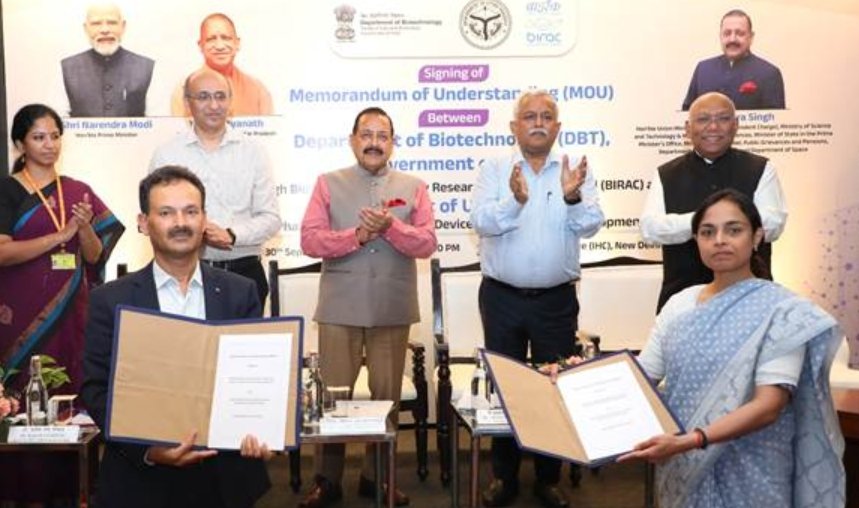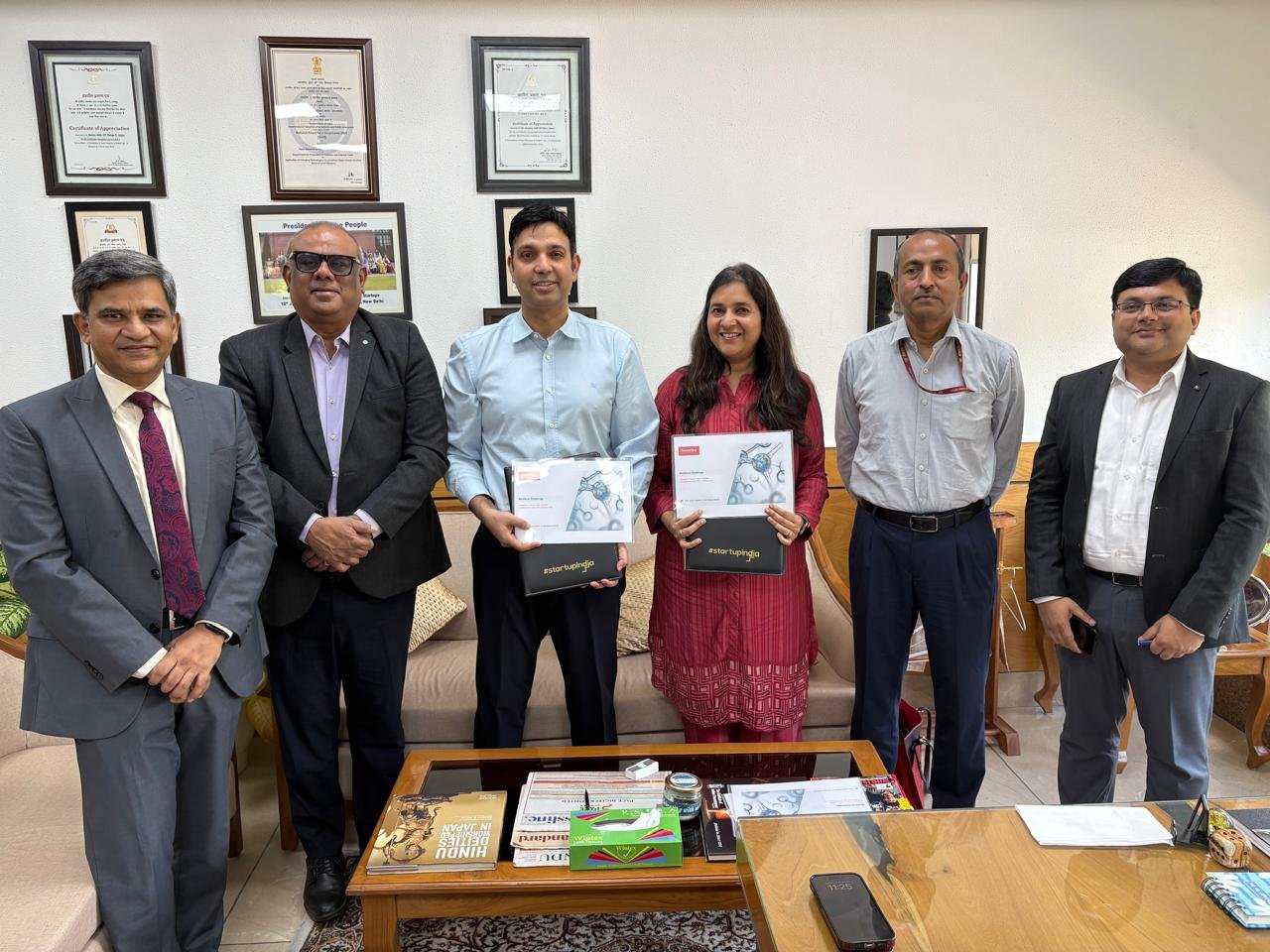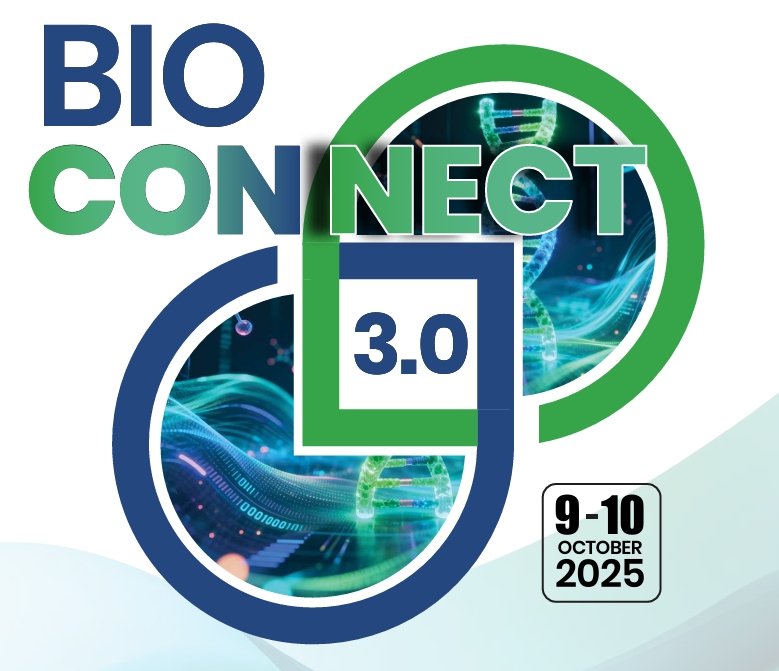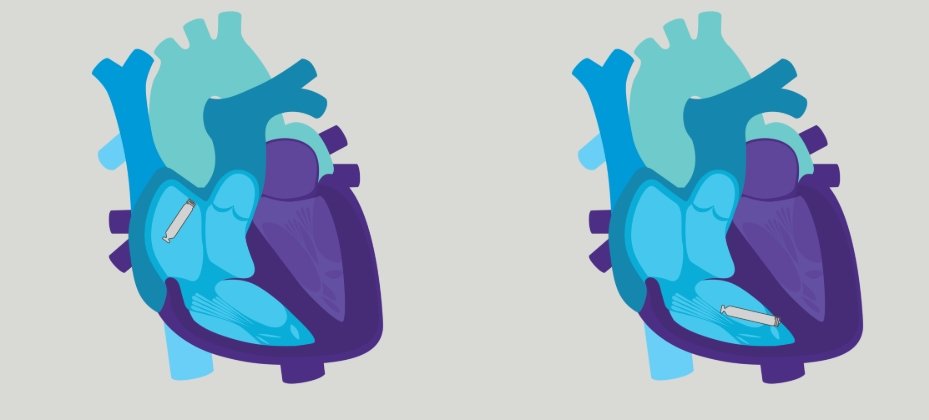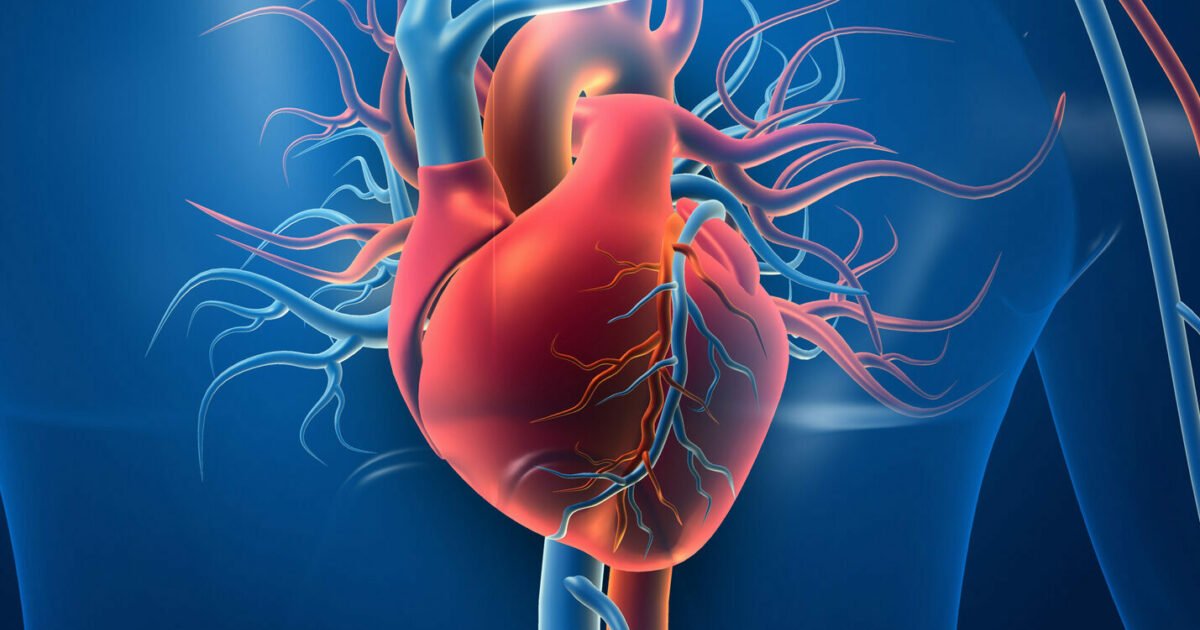Revolutionising stone disease management
December 01, 2017 | Friday | Features
The epidemiology of kidney stones is evolving - not only is the prevalence increasing, but also the gender gap has narrowed. What drives these changes? Diet, obesity or environmental factors? Dr Mahesh R Desai, Senior Consultant Urologist and Medical Director & Managing Trustee of Muljibhai Patel Urological Hospital in Nadiad, Gujarat, offers better insight into the treatment options for the disease and the ways to prevent it.
Dr Mahesh R Desai, Senior Consultant Urologist and Medical Director & Managing Trustee of Muljibhai Patel Urological Hospital
Stone disease has been known to affect the human race ever since its existence. The incidence and the prevalence have increased of late with wide regional variations, roughly 4 – 20 % in India. The reasons for increasing prevalence of stone disease are related to increasing westernization and changes in diet, decreased water intake and climatic variations. Genetic and familial afflictions are well known, due to either hereditary or dietary factors.
Once stones are formed in the kidney, they either stay there or descend down into the ureter. Spontaneous stone passage is well known and depends on the size and shape of the stone and the location in the kidney. Stone treatment is mandated by the same factors as mentioned above as well as the clinical scenario of the patient. Two most commonly used endoscopic modalities are Percutaneous Nephrolithotomy (PCNL) and Flexible Ureteroscopy (FURS).
The advancements in laser have revolutionized the stone management, especially increasing miniaturization, lower morbidity and better stone clearance for a given patient. I strongly believe in the quote by Toto – “The only permanent thing in the world is change”. One such revolutionary change is the introduction of Moses technology.
The Holmium laser is used for stone management as it can fragment all stone compositions and pulverizes the stone into either stone dust or small fragments of size 1 – 2 mm, which can be retrieved with dedicated tools or pass down the urinary tract with urine. It is the current gold standard for intra-corporeal stone management and is very well established. As a further advancement of the current technology it has come out with Lumenis Pulse 120H laser system including the Moses technology.
When standard holmium energy is fired via the fiber, there is a fluid filled gap between the tip of the laser fiber and the target stone. This results in loss of energy as the holmium laser energy is absorbed by water invested in inflating a vapor bubble. Moses technology creates a pulse modulation that optimizes energy delivery through the water to the stone. In other words, the Moses technology modulates the vapor bubbles which form between the laser fiber tip and the stone separating the water and then delivers the remaining energy to the stone. This modulation results in more energy being transferred to the stone and less absorbed in the surrounding water. It is dependent on the proprietary Moses laser fiber and the modes available in the Lumenis Pulse 120H system. optimized for two different fiber ‘tip to target’ distances, namely Contact mode and Distance mode.
In comparison to the available lasers, there is more efficient and better energy transmission to the stone. There is also less dependence on the distance between the fiber tip and the stone. Because of its inbuilt dual settings, the laser fiber can work at two modes and consequently can work in varied clinical scenarios. In the Contact mode, the fiber is effective at a distance of 1 mm which is useful when the stones are easily approachable through the flexible ureteroscope. In the Distance mode, the Regular Holmium mode may not be as effective as they are unable to reach the stone and more energy is absorbed by the water between the stone and the fiber tip. It is here where the Moses Technology is most effective as we can still treat the stone even when the fiber is at some distance away.
- The pulse delivery technology results in an improved energy transmission to the stone. This translates into significantly higher stone ablation volume ( up to 160 % higher) than the regular laser technology.
- Both the in vitro and clinical studies have clearly documented lesser retropulsion than the regular fiber. For same energy settings, the Moses fiber causes 50 times lesser stone displacement upon activation then the regular fiber. This means that your stone stays close to the fiber tip and does not migrate to some other part of the kidney during the surgery.
- Moses fibers are available in all three standard sizes: 200, 365 and 550 D/F/L. When working in the lower pole during FURS, the regular fiber may not reach the stone due to difficult patient anatomy and loss of deflection of the ureteroscope (12 – 20 degrees). With the Moses fiber, this deflection loss is only 4 – 6 degrees. Hence, more commonly than not, your stone will be treated.
- The ball shaped tip allows an initial smooth fiber insertion through the ureteroscope and potentially minimizes the ureteroscope damage and improved longevity of the ureteroscope.
Thus, the patient benefits include more efficient stone ablation during surgery, lesser retropulsion thereby decreasing the potential need for a second procedure, shorter operative time, safe laser lithotripsy and possibly lesser retreatment for left behind small fragments. The surgeon benefits include lesser damage to the ureteroscope, shorter operative time and hassle free laser fiber usage. All these also potentially result in reduced cost implications on the patient.
Despite the advancements in the field of stone treatment, preventive medicine and avoidance of stone formation is always the goal. High water intake to maintain a minimum daily urine output of 3 liters, citrus fruit juices, reduced animal protein intake, low salt diet, better control of diabetes and regular exercise and weight reduction are some of the key requirements to reduce the risk of stone formation.



